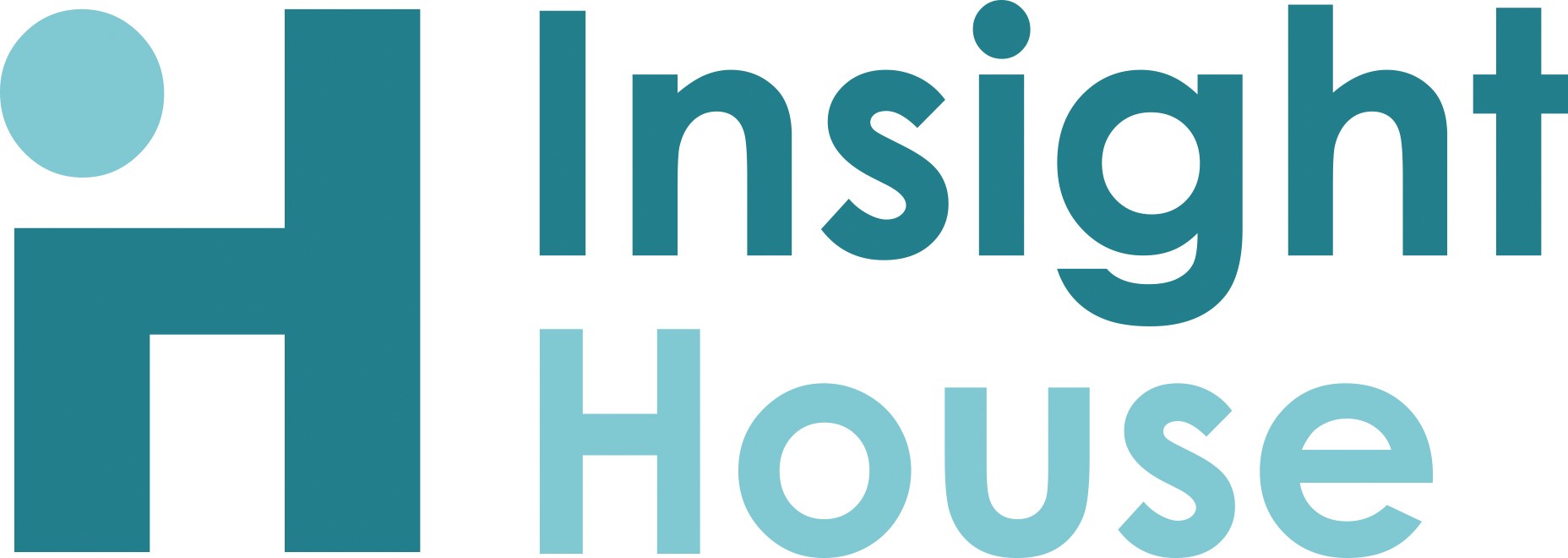Connected Places Catapult
How we brought customer data together and segmented it to create clear audiences



The Client:
Connected Places Catapult, the UK’s innovation accelerator for cities, transport and place leadership.
The Brief:
Many successful projects had been won and delivered but there was an ongoing requirement to attract the correct level of investment and opportunity.
Working with the Chief Commercial officer and Marketing Director, TIH was required to look at segmenting the ‘who’ – which suppliers could they help to grow, to be able to deliver those journeys of the future, which were capable of supporting needs of the future for transport systems in the UK and globally. Those identified needed to be based on a strong commercial focus to manage and prioritise resource.
The Challenge:
Usually, defining the actual customer is the hardest part of our brief and this was certainly the case with this client. They had limited data but needed help on how to bring it all together to create pathways – to easily link the right people on one database to those they could help on another.
We needed to look at who their customers were and segment them to ensure that relationships were developed and nurtured to be effective.
Our Approach:
Created 4 key dimensions of relationship behaviours and a 2 tier segmentation structure
Collaboration selection
-
- Selecting the right partners for a collaboration was best conducted by combining the key dimensions identified at a behavioural level and some of the key customer descriptive variables.
Opportunity segments
-
-
- Developed to allow for appropriate direction of resource within the existing base of customers, and also to find any significant gaps in the base in relation to the key dimensions and their opportunities.
- Segments generated by combining key dimensions and action drivers to surface specific opportunities within the customer base.
- Customers within each segment had a clear common strategy for interaction with Connected Places Catapult.
-
The Output:
We were able to segment their data in a new way, which gave them much more scope to use it both easily and effectively.
By creating the dimensions and action drivers, opportunities were clearer – and resources allocated quickly and relevantly.
Business Impact:
Staff had a better understanding of their data, understanding the categorisation of all relationships and how to work with different groups for different reasons.
They were able to see a clear correlation between the right strategy being applied to each group and success.
